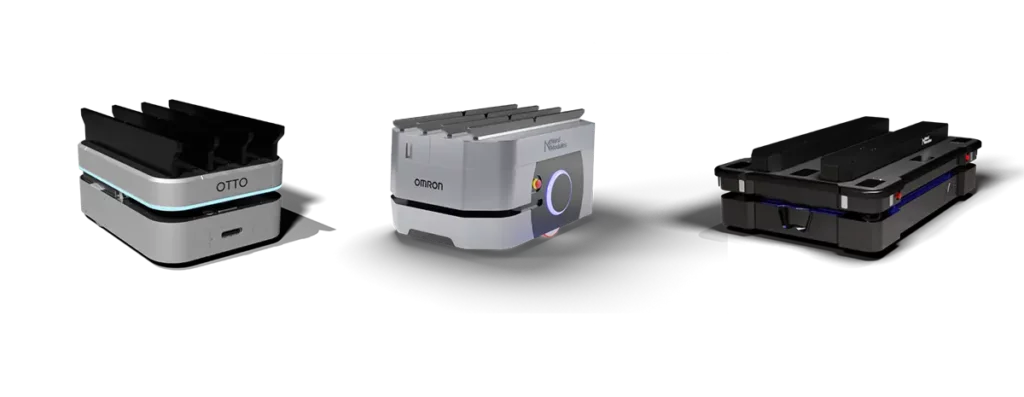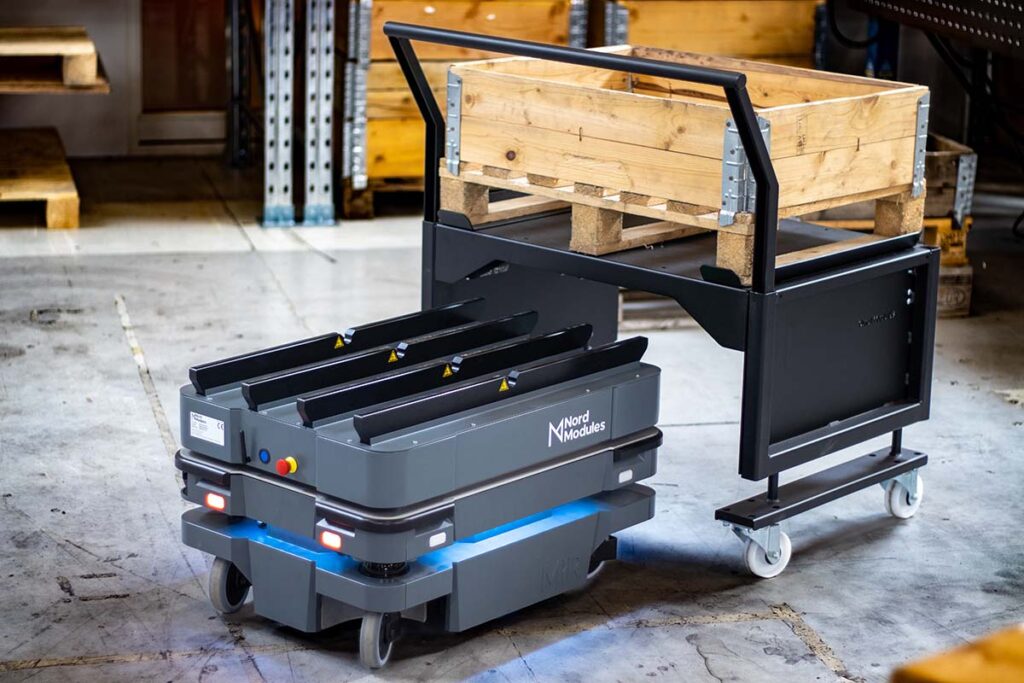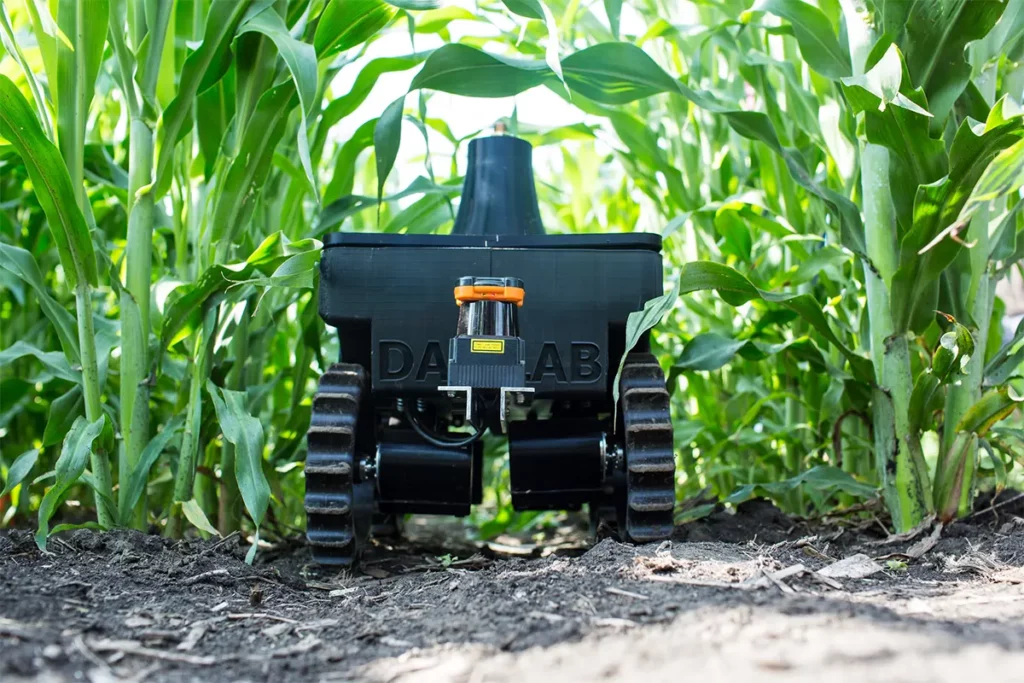In recent years, autonomous mobile robots have captured the imagination of both technology enthusiasts and industry professionals alike. These remarkable machines represent a significant leap forward in the field of robotics, combining cutting-edge hardware and sophisticated software to perform tasks without direct human intervention. In this article, we will provide a comprehensive introduction to autonomous mobile robots, exploring their key components, applications, and the exciting possibilities they offer.

What are Autonomous Mobile Robots?
Autonomous mobile robots, or AMRs for short, are modern, independent, and smart mobile robots designed to operate in dynamic and unstructured environments without constant human guidance. Unlike traditional industrial robots that are often stationary or operate within controlled spaces like factories, AMRs are built to move autonomously in a variety of settings. They are distinguished by flexibility and the ability to react to various situations they encounter in their environment.
Autonomous mobile robots use a combination of different advanced technologies, including:
1. Sensors
AMRs are equipped with a range of sensors, such as cameras, LIDAR (Light Detection and Ranging), ultrasonic sensors, and more. These sensors enable the robot to gather information about its surroundings, including the location of obstacles, the presence of other objects, and even the texture of the terrain.
2. Navigation Systems
Autonomous robots use navigation systems that process sensor data and generate maps of their environment. These maps help the robot understand where it is and where it needs to go.
3. Control Algorithms
Sophisticated control algorithms process sensor data and map information to make decisions about the robot’s movements. These algorithms take into account factors like avoiding obstacles, reaching a specific destination, and optimizing paths for efficiency.
4. Machine Learning and Artificial Intelligence
Many AMRs are equipped with machine learning and AI capabilities, allowing them to learn from their experiences and adapt to different situations over time. This makes them more versatile and capable of handling complex tasks.
AMRs can come in a lot of different forms. Usually, it is with wheels, but it can also be tracks for outdoor environments or legs for jumping and clearing stairs. Some AMRs are flat-surfaced, for carrying boxes or pallets, while some have extra features like pulling connectors, wheeling racks, or even inbuilt structures for handling items or dispensing things.
Industry Applications of AMRs

Healthcare
Healthcare workers depend on AMRs for essential tasks such as disinfection, telepresence, and the delivery of medical supplies and medications. This not only ensures safer environments for everyone but also allows staff to allocate more time to patient care.
Manufacturing, Logistics, and Warehouse
Autonomous mobile robots are rapidly gaining importance in manufacturing, warehouses, and logistics due to their versatility and seamless integration into existing infrastructures. They handle a wide range of tasks, from deliveries to safety checks, while significantly boosting efficiency, reducing manual labor, and optimizing inventory management.


Retail and Hospitality
In these industries, AMRs are playing a pivotal role in elevating and simplifying the customer experience. They’re employed for tasks ranging from customer service and inventory management to room service, luggage assistance, and guiding patrons through the premises.
Agriculture
In agriculture, various types of autonomous mobile robots can assist with tasks such as planting, harvesting, and monitoring crops. They can navigate fields, collect data, and perform precise actions, improving crop yields and reducing labor costs.

Why Use AMRs?
1. Enhanced Safety
AMRs are ideal for tasks that might pose risks to human workers. They can handle duties like cleaning and disinfecting, transporting hazardous materials in healthcare settings, carrying heavy loads in industrial facilities, and operating in extreme conditions where human presence is neither feasible nor safe.
2. Increased Flexibility
AMRs exhibit remarkable adaptability as they navigate and respond to their surroundings. Equipped with technologies like Simultaneous Localization and Mapping (SLAM), these robots can intelligently adjust to changes in their environment. This flexibility makes them valuable assets across various applications and industries.
3. Improved Efficiency and Productivity
By entrusting AMRs with inventory location, picking, and transportation tasks, businesses can allow their employees to concentrate on high-value activities such as customer support. Additionally, the use of low-powered AMRs, which consume minimal energy, ensures quick recharging and reduced downtime, thereby bolstering overall production and fulfillment efficiency.
In conclusion, autonomous mobile robots represent a remarkable fusion of hardware and software technologies that enable them to operate autonomously in dynamic environments. Their applications span various industries, from manufacturing and logistics to healthcare and agriculture. As technology continues to evolve, we can look forward to a future where autonomous mobile robots play an increasingly prominent role in enhancing efficiency, safety, and convenience in our everyday lives.

